Before the introduction of Disney+, Walt Disney home video had our childhood entertainment by the throat with the fictitious invention of the Disney Vault. This concept placed a strange value on Disney home video with various special editions and re-releases of their famous films. A great marketing idea, but the more perceptive viewer might notice something strange with their home video copy.
Whether you know it or not, the version you drop into your DVD or Blu-ray player is likely not the version that was released in theaters. For a while now Disney has been subtly changing some of its re-releases. And we're here to discuss how and why.
10 Animation Touch Ups
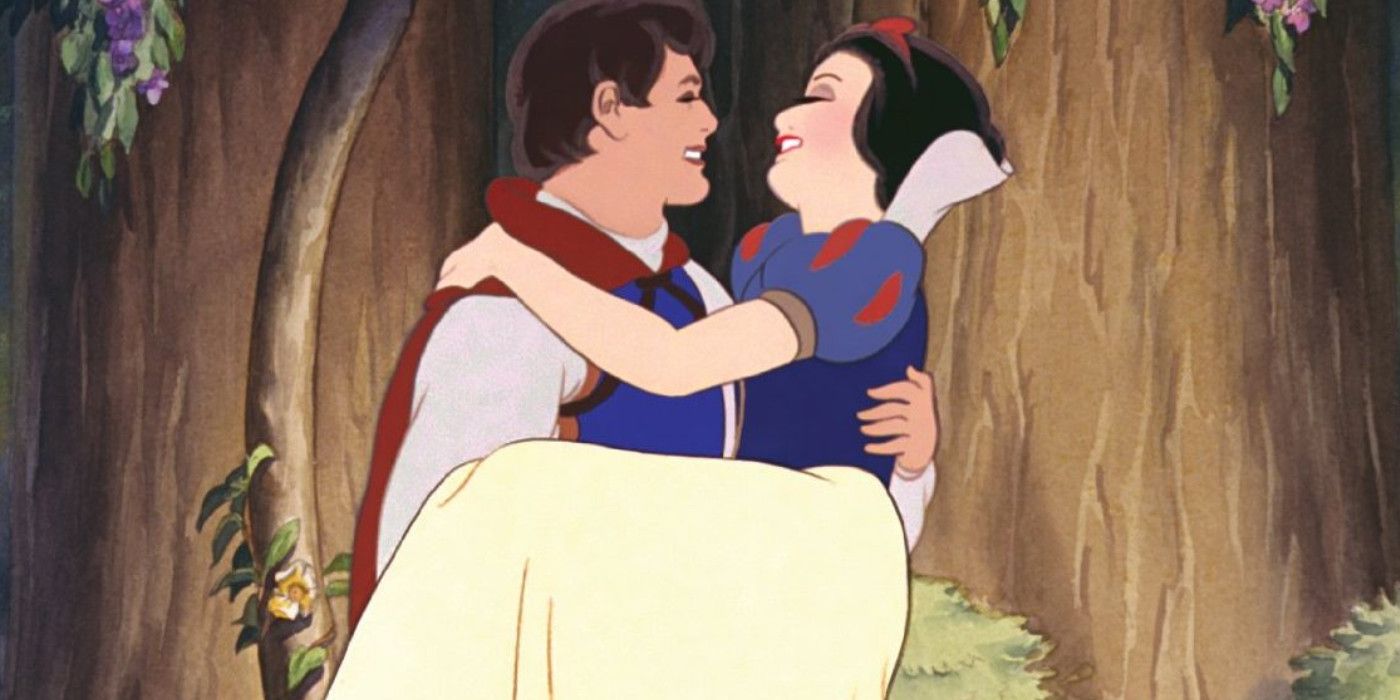
For starters, let's talk about some of the more obvious changes re-released animated features might require. This is mainly for older films like Snow White and the Seven Dwarfs, Fantasia, or even something as recent as Beauty and the Beast, but subtle changes are made to make the animation cleaner and crisper.
Granted, it certainly more noticeable on older, traditionally animated films, and it's certainly not as noticeable as you would think. In fact, Roy Disney made a small introduction to a re-release of Snow White and the Seven Dwarfs regarding the film's restoration. Not too jarring, but it's noticeable to some.
9 Regional Variations
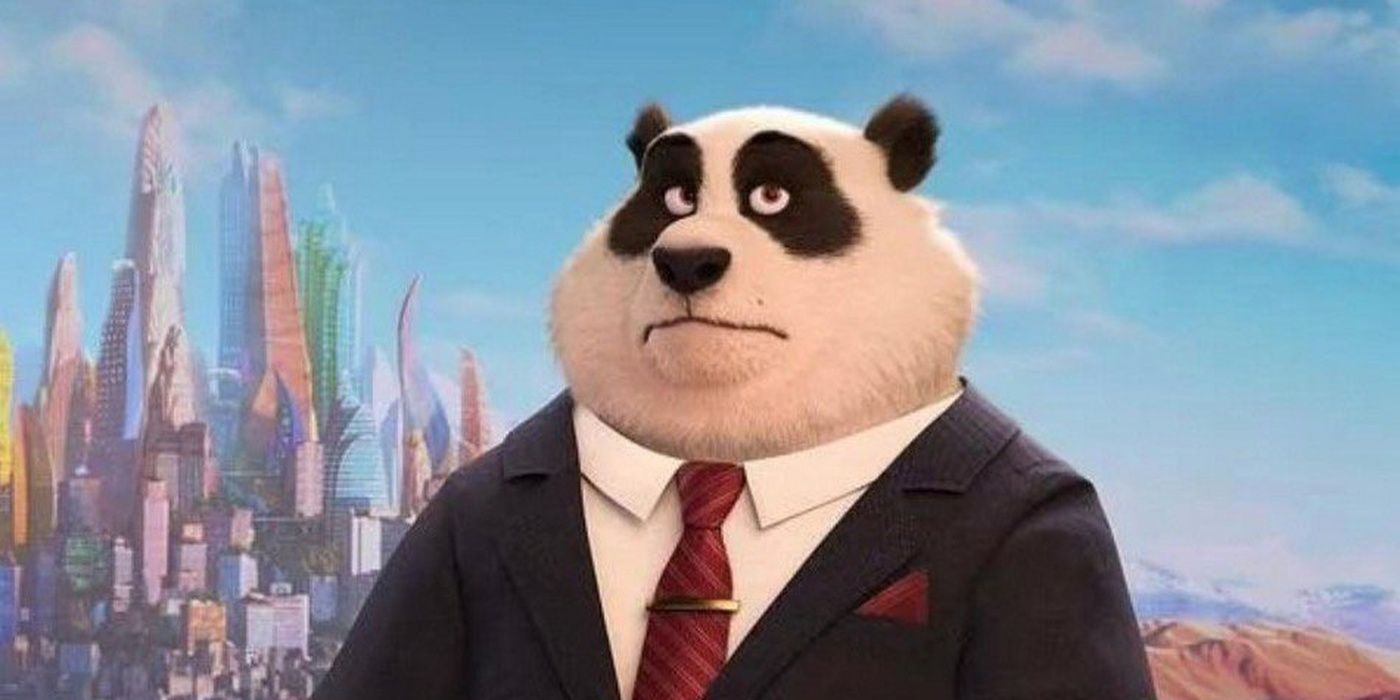
Now for something more present in more modern titles. Certain Disney films have been edited to fit certain cultural norms or practices. This might be something as simple as changing a set piece or a line, or it might be adding an entirely new character!
The most prominent examples of this kind of change that come to our minds are Zootopia and Inside Out. Pixar fans will no doubt know that the broccoli in Inside Out was changed to green peppers for Asian audiences because that's the vegetable children despise most in those areas. Zootopia, on the other hand, goes further and changes the species of one of the news anchors depending on the region of its release.
8 Updated Prints Of Older Films
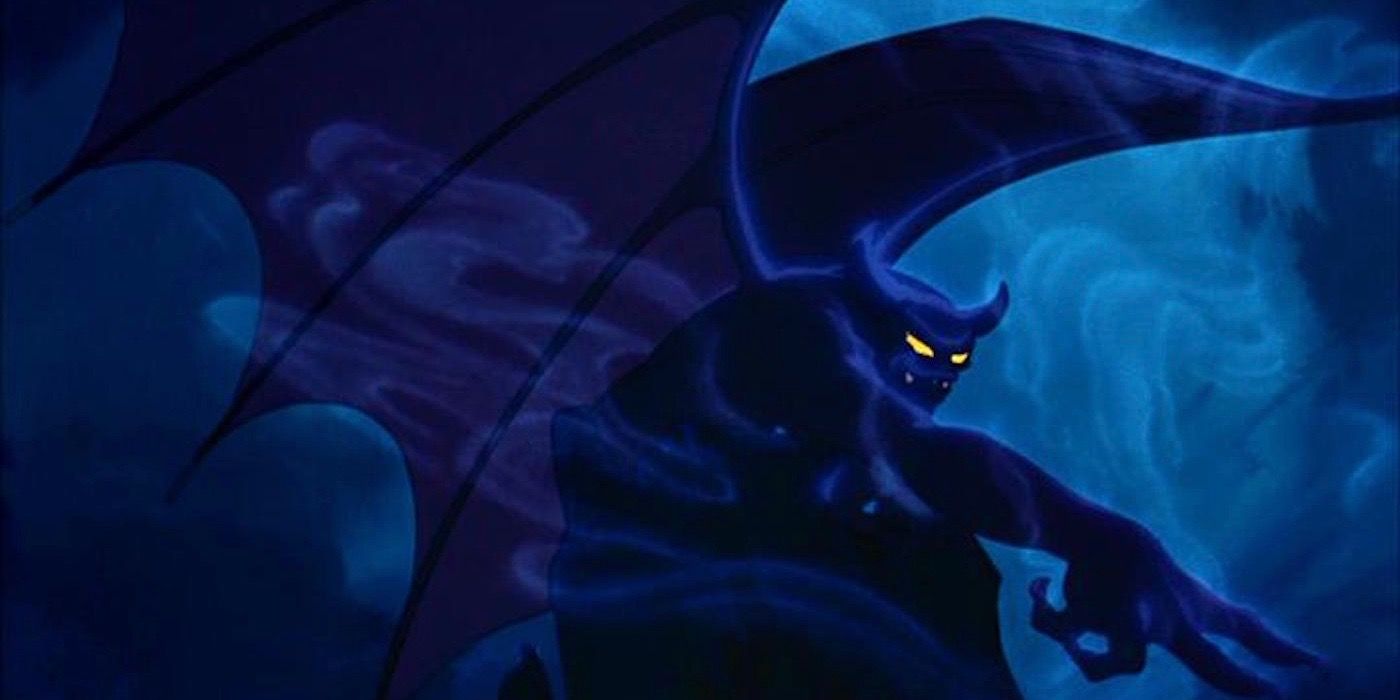
We've talked about this briefly but instead of just minor touch-ups, certain prints of older movies have been completely remastered for home video. Films like the previously mentioned Snow White and the Seven Dwarfs, Bambi, and Pinocchio have definitely received a little spit and polish since they were first released.
This is done mainly as an act of preservation, to make sure these timeless films are enjoyed everywhere by audiences of the future. Thanks to online streaming, however, we now have a better way of keeping the animated legacy intact forever.
7 Reanimated Segments
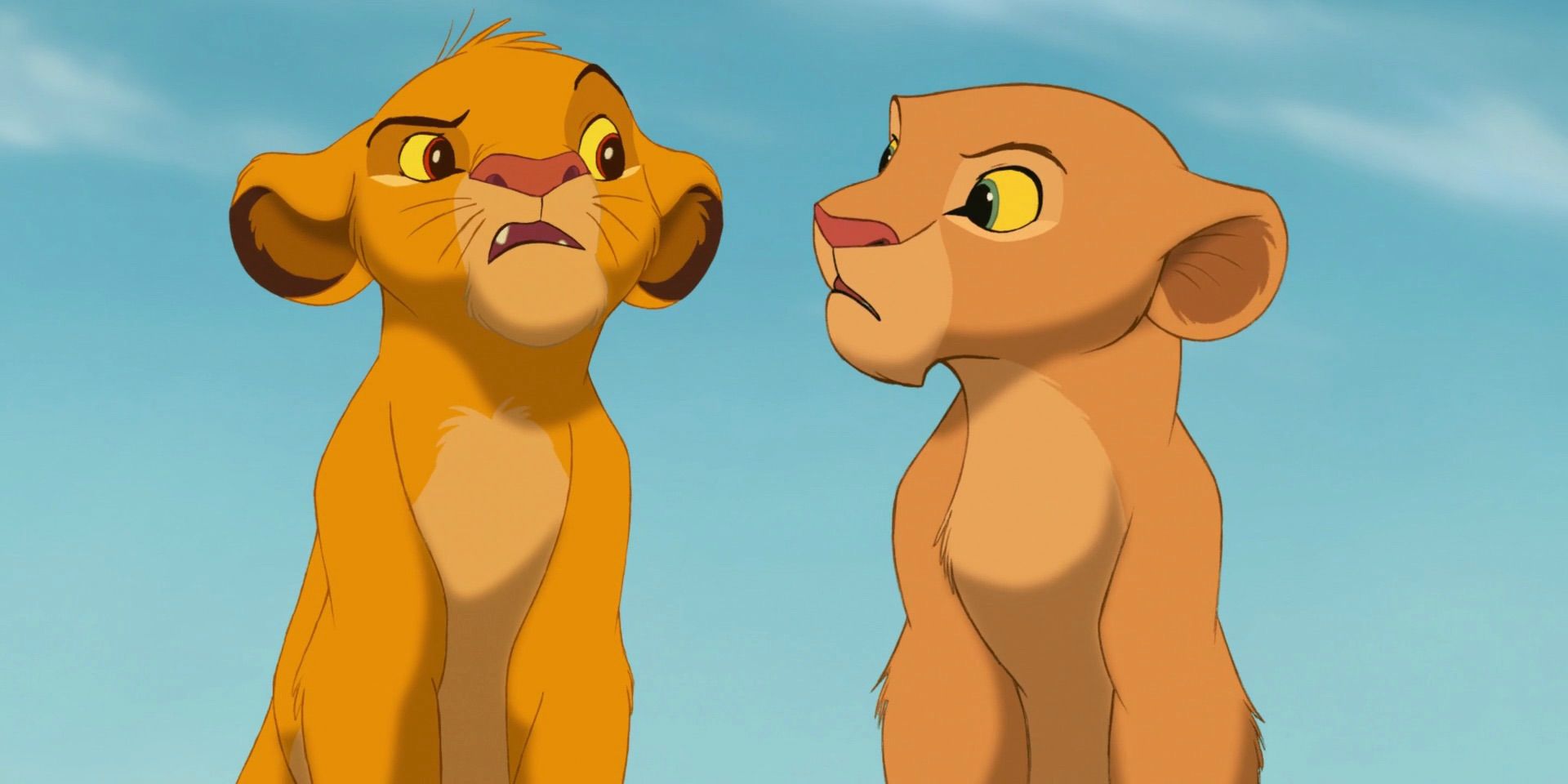
There are animated touch-ups, there are refurbished and updated prints, but then there are completely new sequences with new animation. This is been done in a handful of different animated films, but nowhere is it more prominent and obvious than in the DVD release of The Lion King.
You can make the argument that these animated sequences do make the film look better, but you could also make the argument that a film's flaws are part of what makes it special. Could it be that the removal of these minor mistakes and animation choices alter the film experience? You be the judge.
6 Altered Song Lyrics
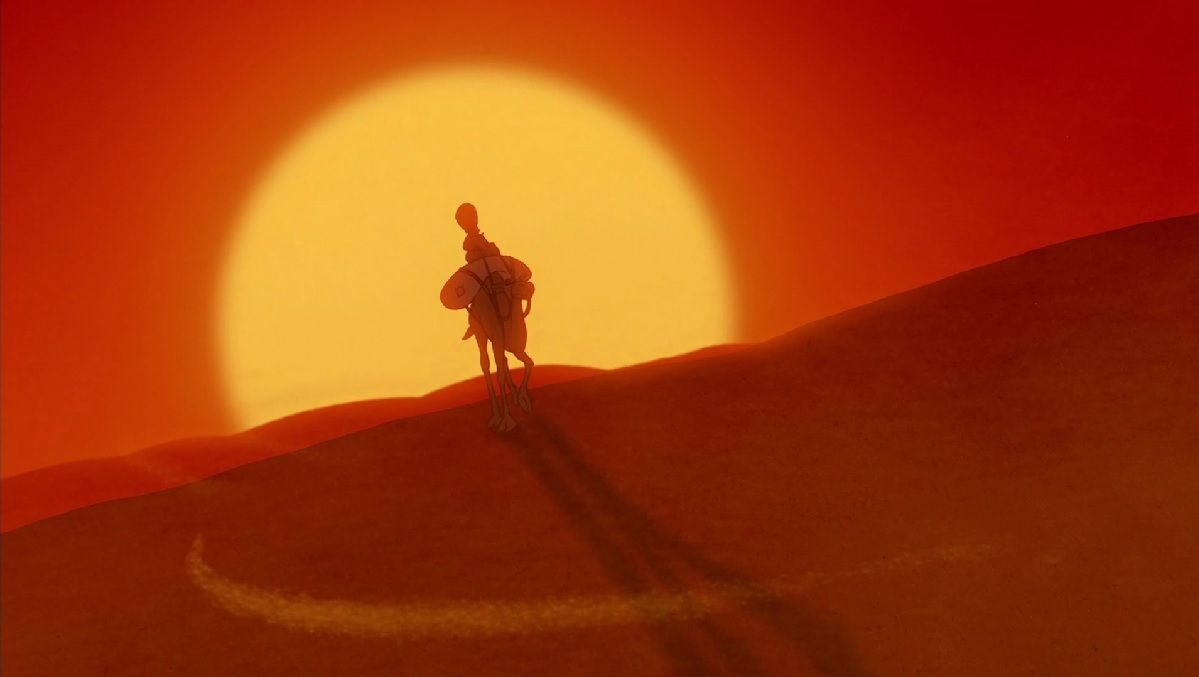
This one might come as common knowledge to certain Disney fans but for those uninitiated neophytes out there, in the past, Disney has altered certain soundtrack entries due to either problematic lyrics or offensive material. We're serious, this actually happened, and not once, but at least twice for two Disney classics.
Aladdin's opener, "Arabian Nights" lost a verse, the one that says " where they cut off your ear if they don't like your face," was deemed too graphic and offensive to Arabian audiences. The Pocahontas song "Savages" also got a similar treatment due to racist implications. Looks like not everything was perfect the first time through.
5 Replacing Lost Footage
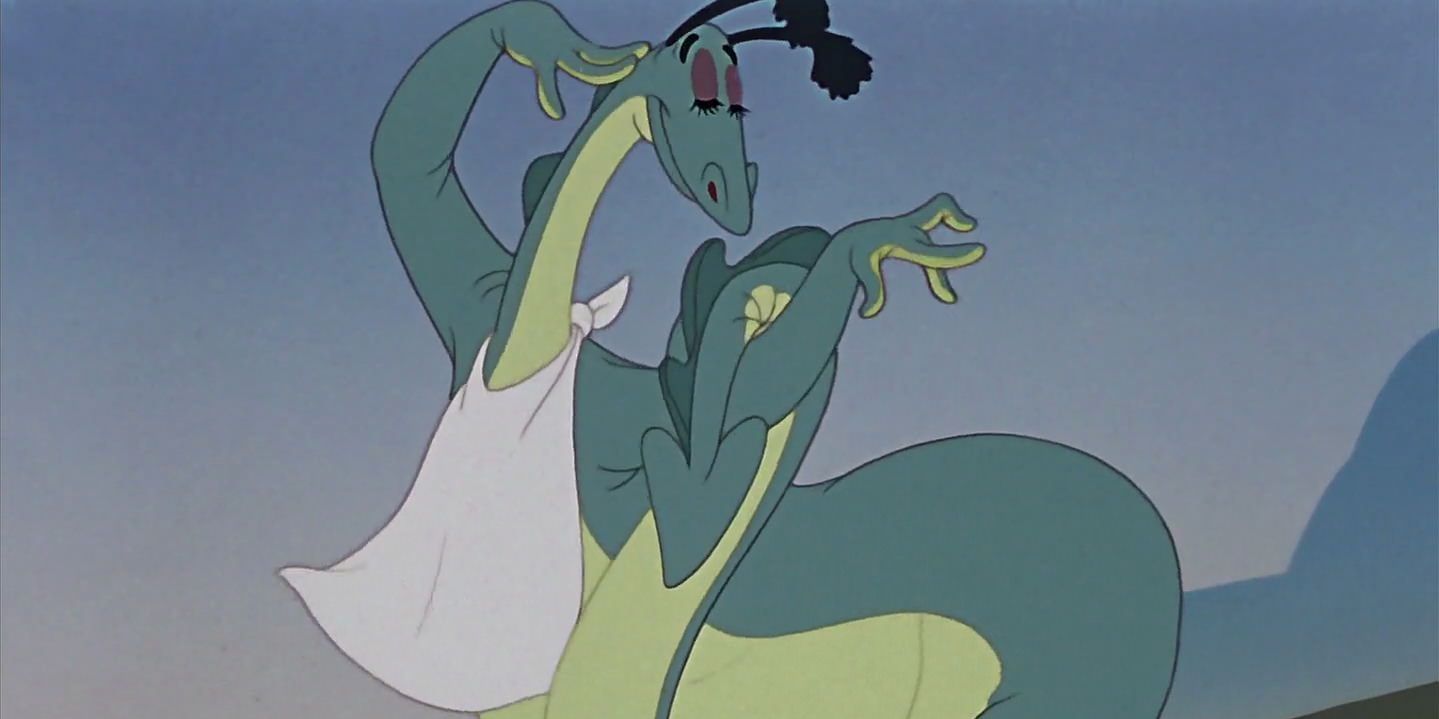
We'll explain further on this in the next entry, but a big part of any format film restoration or preservation is replacing lost footage or sequences whether as part of the main feature or as bonus features to be viewed as a later time. This allows the viewer to get a more intimate look at the filmmaking process.
Films like The Reluctant Dragon had the right idea even before the invention of home video. Seeing what parts of the movie made or didn't make the cut into the final draft. But to get a more thorough example of what we're talking about, have a look at our next spot.
4 Redubbed Vocals
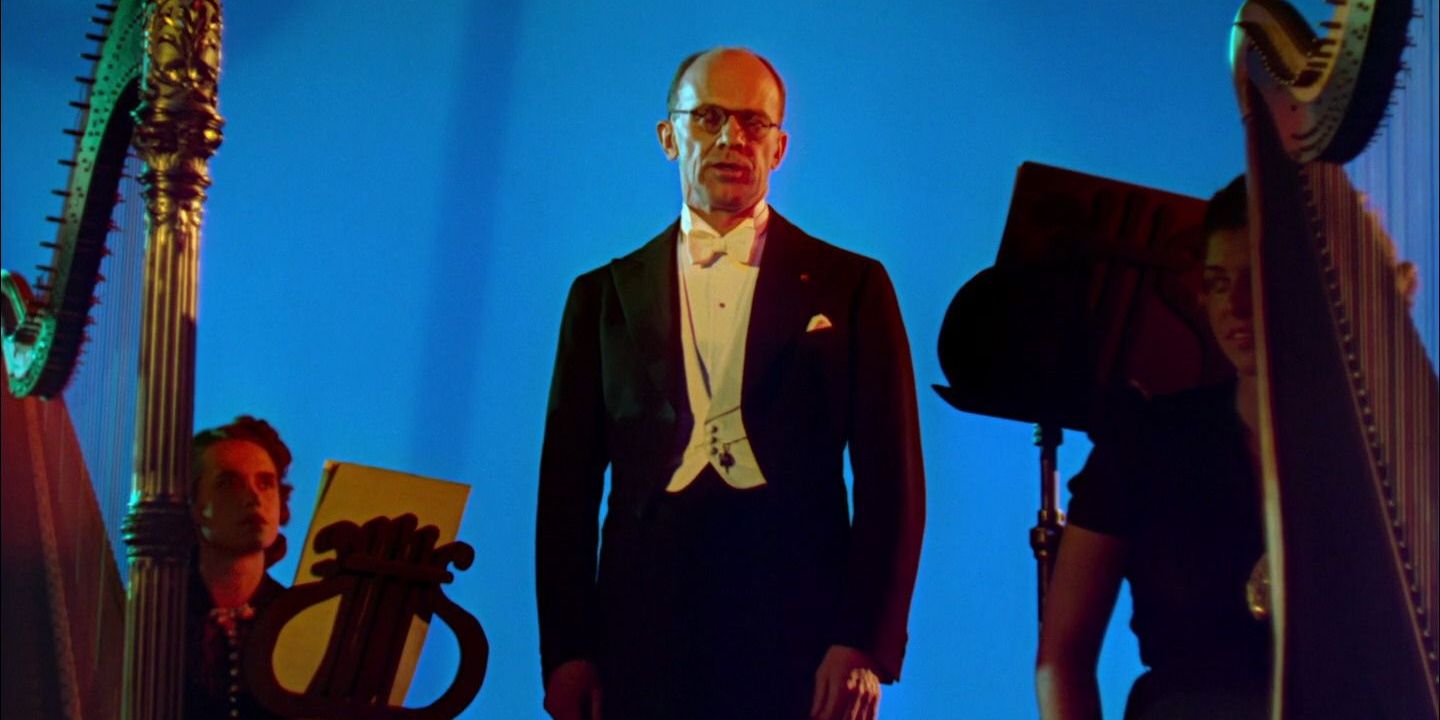
That's not Deems Taylor narrating in Fantasia. While it is truly the man on film, the voice is not his own. The vocal recordings from the original Fantasia have been unfortunately lost, so Disney had to find a replacement when re-releasing the film on home video.
Even on the VHS release in the '90s, the vocals were done by The Voice of Disney himself, Corey Burton. If you've ever been to a Disney park, you know him from all of the various safety announcements and many more. This doesn't diminish the work of Deems Taylor, nor anyone else who the actors have re-dubbed, it just serves as a way to properly experience the film.
3 Additional Songs Or Sequences
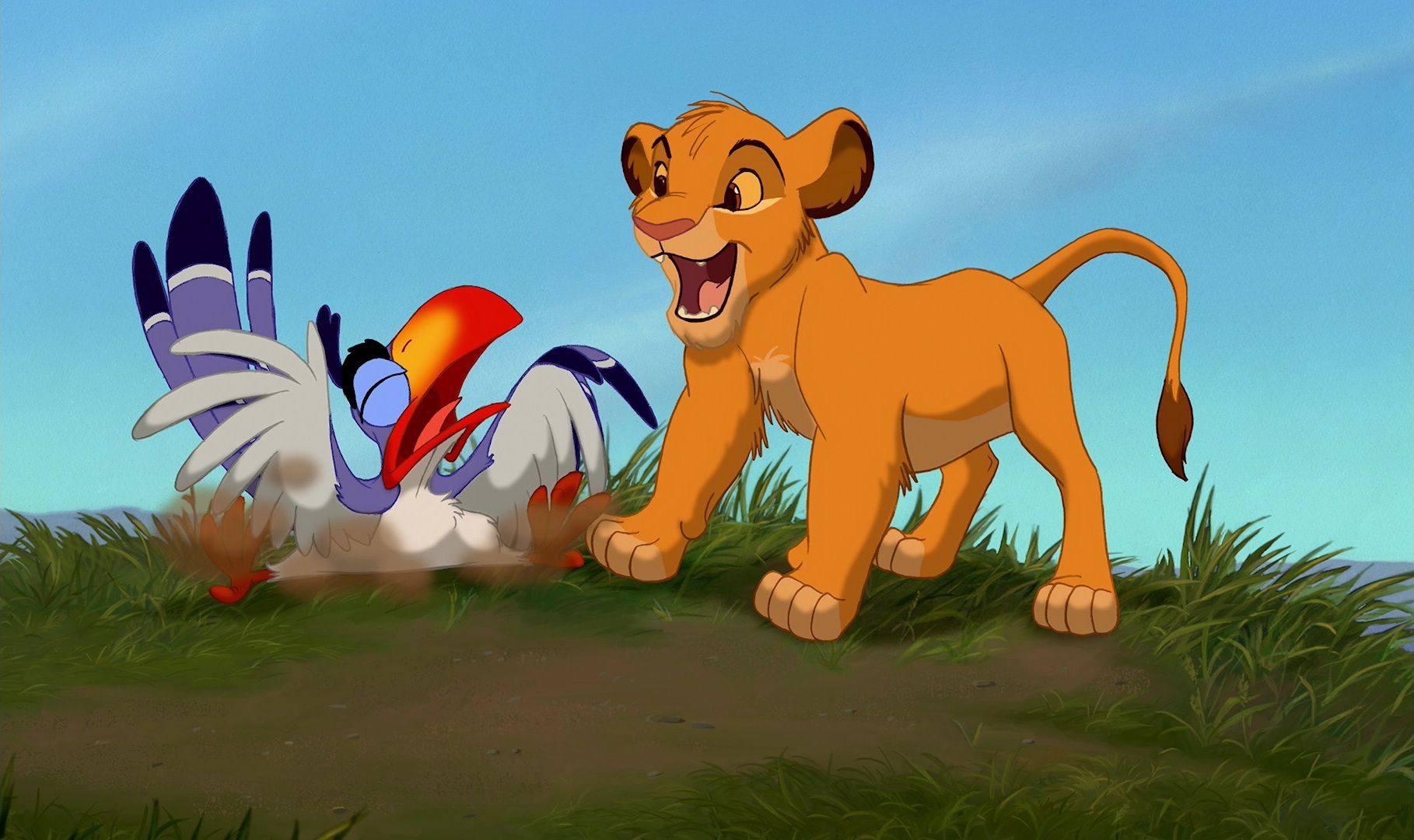
There was a time when Disney was re-releasing some of their films on DVD and VHS that they released the "special editions" of certain films. Films like Snow White and the Seven Dwarfs, Beauty and the Beast, and The Lion King were at times released with an additional song or sequence included, fully animated and fully recorded as if it were part of the film.
The songs weren't a special feature, they were actually included in the film. From the whimsical "Human Again" from Beauty and the Beast" to the tedious "Morning Report" from The Lion King, the included sequences could range in quality. It was a weird time.
2 Cut Content
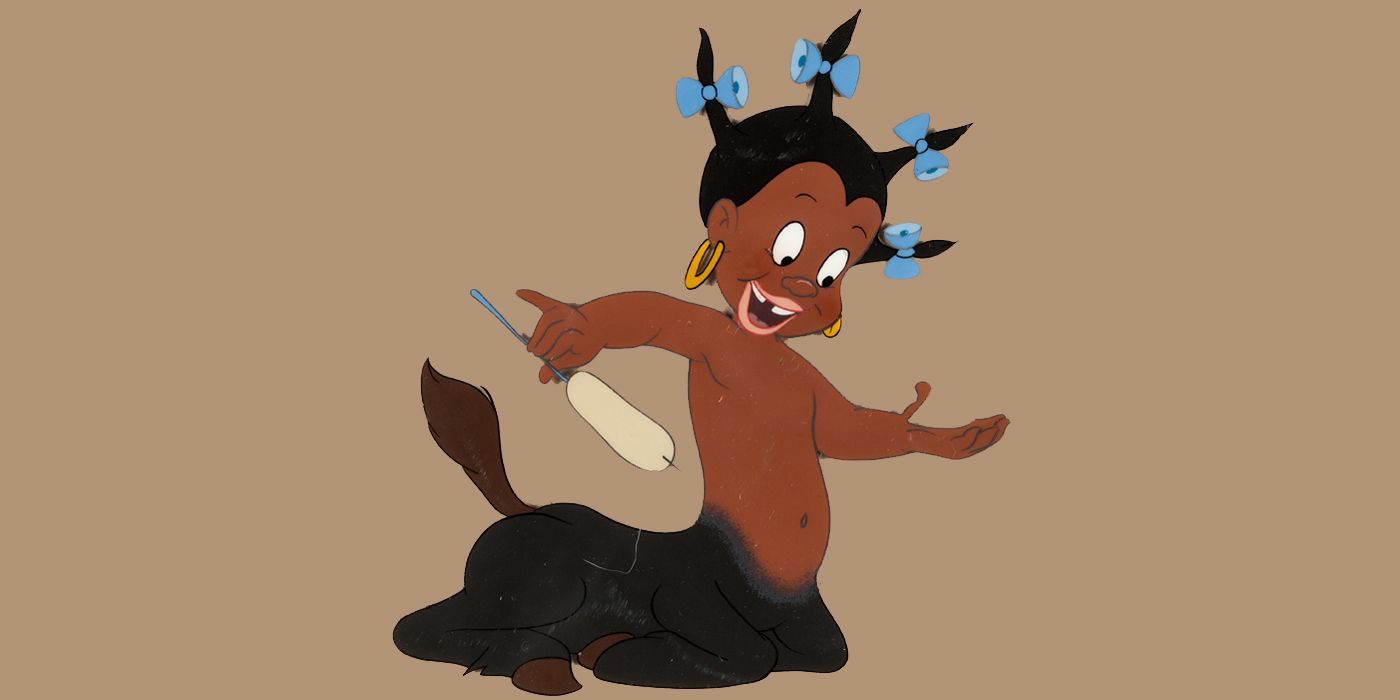
Speaking of weird times, some films have even been edited to remove certain pieces of content. Granted, some of them are definitely called for, like the omission of Sunflower in Fantasia, but some are a tad strange like the removal of Pecos Bill's cigarette from Melody Time.
Some film alteration is, of course, understandable, there are some things young viewers shouldn't see, and it's true cultures and standards change over time. Racial caricatures and insensitive content are definitely valid reasons, but how far is too far? Once again, we look to our next point to illustrate.
1 Controversial Frames And Sequences
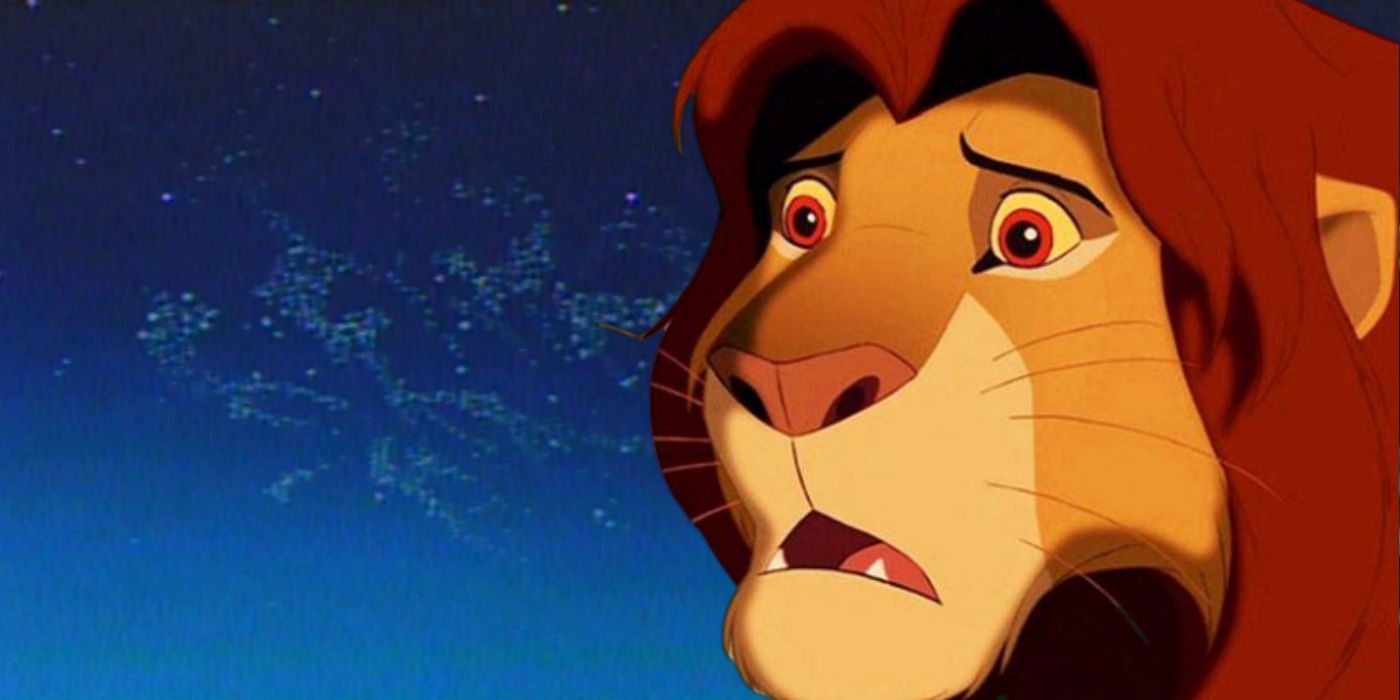
Some films are changed simply due to controversy and urban legends if you can believe it. Disney has actually done this more than a few times. While it's true that there was, in fact, a nude image briefly on The Rescuers, some things have been removed completely out of conspiracy.
Things like the SFX Easter egg in The Lion King, the minister's knees in The Little Mermaid, and the "take off and go" line from Aladdin. it's a strange and peculiar phenomenon, but one we can't help but give extreme notice to. We're sure that even some of our modern films aren't immune to conspiracy and controversy.
from ScreenRant - Feed https://ift.tt/2UNO5Ym

0 Comments